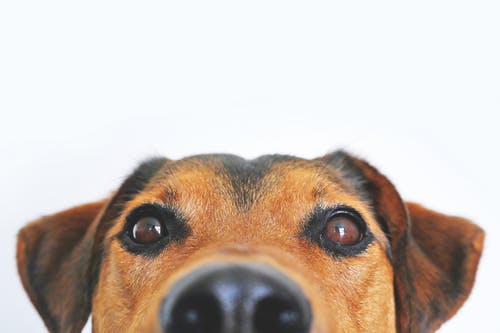
Reasons That Could Have Contributed to Your Dog’s Obesity
It might be difficult for pet owners to ignore their four-legged pets’ loving gaze and refrain from showering them with goodies. However, providing your pet with an excessive number of goodies or overfilling their food bowl may be detrimental to their general health and well-being. Pet obesity is rampant, with more than half of all dogs and cats in the United States being fat or overweight. Overweight or obese pets are at a greater risk of developing various health conditions, which may reduce their life expectancy and quality of life.
What is pet obesity?
Obesity in dogs may be difficult to detect, particularly in fluffy or longhaired types. Too much adipose or fat tissue in your pet’s body causes obesity. Obese pets often weigh more than 15% of their recommended weight. The optimal weight depends on its body type, activity level, genetics, and dietary demands.
What are the signs of pet obesity?
If your dog is having difficulty rising from a sitting or sleeping posture, or if they require assistance getting into a car, onto sofas or beds, climbing stairs, etc. Several of the following may suggest a weight problem, and it’s time to consult your veterinarian. Appearing winded following modest movements, such as welcoming you upon your return, requiring assistance getting out of bed, or being unable to play with you at all, are signs of an obese pet which can lead to injury and can only be fixed through surgery by a dog orthopedic veterinarian.
Possible Causes of Your Dog’s Obesity
Once you’ve established that your dog may be overweight or perhaps obese, it’s time to investigate what may have contributed to this condition and start looking up “dogs and exotic pet vet near me” to find the nearest vet in your area.
Diet
The food you give your dog and how much you give them can dramatically affect their weight. Obese dogs fed kibble are 1.2 times more likely than those fed raw. Eating more frequent small meals rather than one large meal helps maintain weight. Treats less than 10% of total calorie consumption are not linked to an increased risk of obesity. Dentifrices are linked to obesity, whereas rewarding your dog with fresh veggies is linked to appropriate weight.
Age
Dogs in their middle years (ages 6 to 10) are at the greatest danger of being overweight or obese, although this risk decreases as the dog’s age increases.
Mood
Dogs classified as depressed by their owners were four times more likely to be obese than canines who were described as joyful. Dogs who are depressed may become sluggish and withdrawn, and you may notice a change in their food and sleeping habits, among other things.
Inactivity
The same as with humans, a lack of physical activity can result in your dog becoming obese or overweight. If your dog does not get enough exercise (less than 4 hours per week), he or she is six times more likely to be fat than dogs that get more than 7 hours of activity each week.
Sickness
A medical ailment in your dog may be impacting their weight. An issue with their thyroid or other metabolic or endocrine disorder may be causing them to be under or overweight. Talk to your vet at Providence South Animal Hospital about your pet’s appropriate weight, whether there is a weight issue, and if an ongoing health condition is a cause.
Treating Dog Obesity
Obesity treatment for dogs focuses on long-term weight loss. This is accomplished by reducing calorie consumption while increasing physical activity. Your vet can help you design a nutrition plan, meal schedule, and daily calorie intake. Consult your vet to rule out obesity-related illnesses that limit activity and ensure your dog’s well-being.

